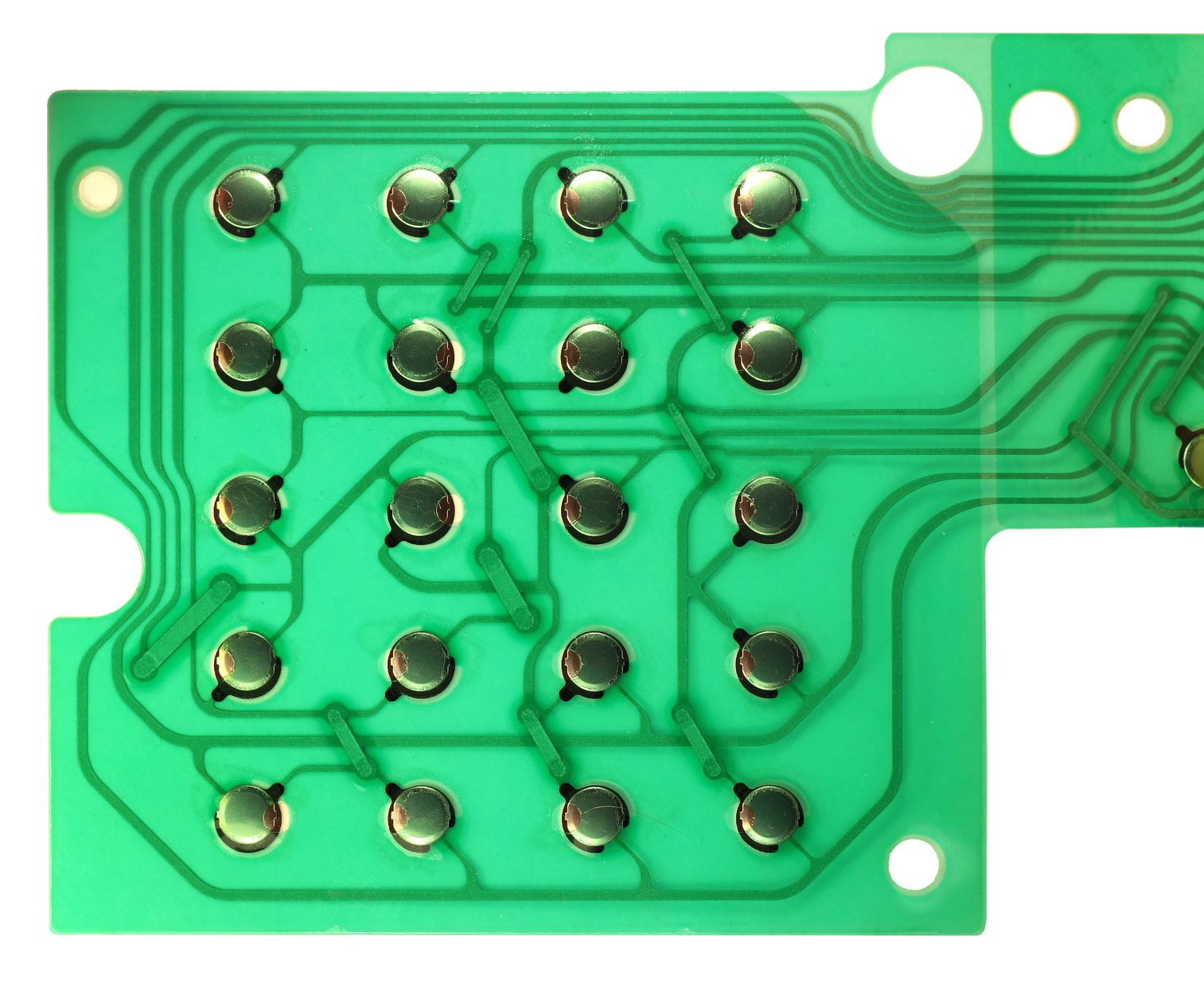Understanding the Capability of Membrane Layer Switches for Individual Interface Gadget
The performance of membrane switches over stands for a substantial advancement in individual interface design, integrating effectiveness with aesthetic adaptability. These switches operate with a multi-layered framework that equates customer communications right into electric signals, enabling both portable formats and durability against environmental elements. As markets progressively focus on individual experience, comprehending the nuances of membrane layer switch innovation comes to be vital. What implications do these innovations hold for future applications, and just how might they redefine individual communications throughout various gadgets?
What Are Membrane Layer Buttons?
Membrane layer switches are innovative interface devices that facilitate user interaction with electronic devices. These functional elements contain multiple layers, including a visuals overlay, spacer, and a published circuit layer. The design enables a seamless integration into numerous electronic tools, boosting both the visual and useful elements of interface.
Membrane layer switches are generally utilized in a wide variety of applications, from house appliances to industrial equipment and clinical devices. Their building and construction normally includes a thin account, making them a perfect choice for compact styles. The tactile feedback given by these buttons can be engineered to satisfy particular user preferences, making sure effective communication between the individual and the tool.
Durability is an additional substantial benefit of membrane layer buttons, as they are resistant to dirt, dampness, and chemicals, which enhances their lifespan in demanding settings. Furthermore, these buttons can be customized in terms of shape, dimension, and visuals style, permitting branding and user-specific features. Overall, membrane switches over stand for a practical solution for improving user experience in digital devices, combining performance with aesthetic appeal in an efficient manner.
How Membrane Layer Switches Work
Operating on an uncomplicated principle, membrane layer switches over use a layered building and construction to sign up individual input successfully. Each switch includes numerous layers, consisting of a printed circuit layer, a spacer layer, and a leading visuals layer, which are developed to function with each other flawlessly. When a customer presses the leading layer, it compresses the spacer layer, bringing the conductive components of the circuit layer right into contact with each other.
This contact creates a closed circuit, indicating the gadget to perform a particular function. The layout permits different arrangements, consisting of tactile responses, which can boost the user experience by giving a physical sensation upon activation. The products utilized in membrane layer buttons typically consist of flexible substratums, such as polyester or polycarbonate, which make certain resilience and resilience versus damage.

Trick Advantages of Membrane Switches

One more considerable benefit is their density. Membrane layer buttons are slim and lightweight, which makes the original source it possible for manufacturers to conserve room in their devices without sacrificing capability. This attribute is especially beneficial in applications where weight and quantity are vital considerations.
In addition, membrane layer switches are resistant to dust, moisture, and chemicals, enhancing their toughness. This strength extends their life expectancy and reduces the requirement for constant substitutes, resulting in price financial savings gradually.
Furthermore, the responsive responses supplied by membrane layer buttons can be optimized to improve individual communication. Visit This Link They can include features such as increased switches or distinct clicks, boosting use and customer experience.
Applications Across Industries
User user interface devices using membrane buttons are prevalent in a vast variety of sectors, showcasing their versatility and performance. Membrane Switch. In the clinical field, membrane layer buttons are essential to gadgets such as diagnostic devices and patient monitoring systems, where their durability and convenience of cleaning are crucial for maintaining hygiene requirements. In the automotive sector, these switches are utilized in control panel controls and infotainment systems, offering a sleek and modern-day interface for individuals.
Furthermore, the consumer electronic devices field gain from membrane switches in appliances and handheld gadgets, where small design and user-friendly user interfaces improve individual experience. Industrial applications likewise utilize membrane switches over for control board in equipment and automation systems, emphasizing their robustness and resistance to extreme settings.
In the aerospace and protection markets, membrane buttons are made use of in cockpit controls and tools, where integrity and performance under extreme conditions are paramount. In addition, the pc gaming industry significantly incorporates membrane switches in controllers and game devices, adding to an appealing user experience. In general, the flexibility of membrane switches enables their prevalent use throughout numerous sectors, highlighting their value in contemporary interface style.
Future Trends in Membrane Switch Innovation

In addition, making use of sophisticated materials, such as polycarbonate and polyester films, is anticipated to climb, giving enhanced sturdiness and resistance to ecological stressors. These products contribute to the overall long life of membrane buttons, making them appropriate for harsher industrial applications.
Moreover, the consolidation of smart modern technology, including IoT connection, will Membrane Switch allow membrane switches to communicate with other devices and systems, facilitating an extra interactive user experience. This pattern straightens with the expanding need for smart devices across different industries, from medical care to customer electronics.
Finally, customization alternatives are expected to increase, enabling manufacturers to develop bespoke options tailored to details user requirements and choices. These developments will certainly place membrane layer buttons as essential elements in the development of individual interface innovation.
Final Thought
Finally, membrane layer switches represent a critical innovation in customer interface technology, offering a reliable and flexible option for diverse digital applications. Their split building helps with small design, while features such as tactile responses improve individual interaction. The resilience against ecological factors further strengthens their energy throughout several industries. As improvements in material science and touch sensing modern technologies continue, the performance and applicability of membrane buttons are anticipated to broaden, reinforcing their significance in modern digital gadgets.
Comments on “The Duty of a Membrane Switch in Modern Touch Interfaces and Controls”